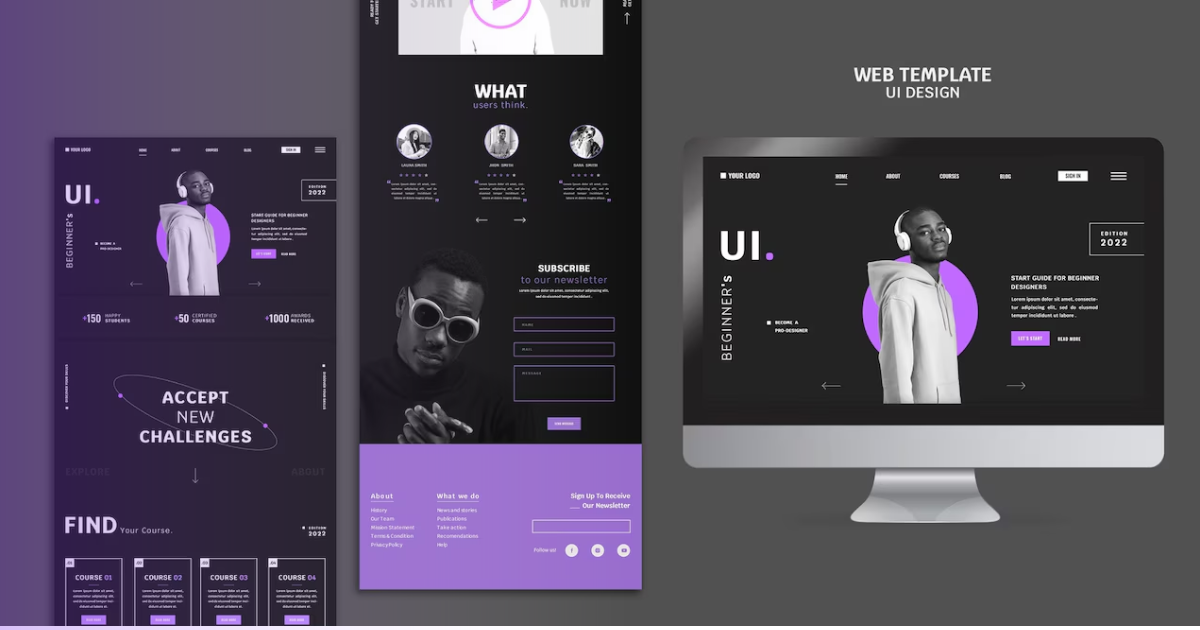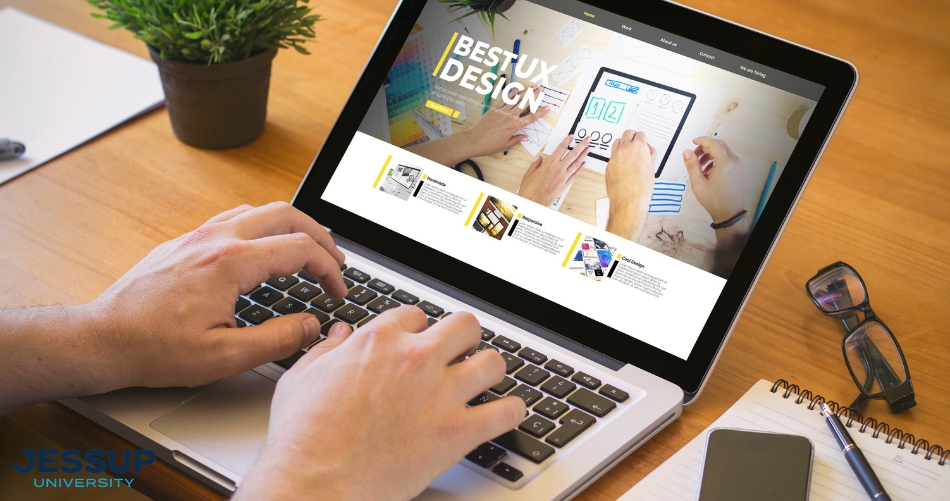Aligned Position Web Design: Professional Web Development to Maximize Your Online Impact
Aligned Position Web Design: Professional Web Development to Maximize Your Online Impact
Blog Article
The Very Best Kinds of Web Layout to Enhance User Experience and Interaction
In the ever-evolving landscape of digital communication, the performance of Web design considerably affects customer experience and involvement. Various design methods, such as minimalist, responsive, and interactive layouts, each offer unique advantages that can cater to diverse user demands.
Minimalist Website Design
As electronic landscapes become progressively messy, minimalist Web design has become an effective approach to enhancing customer experience. This layout ideology focuses on simplicity, concentrating on vital aspects while getting rid of unnecessary distractions. By utilizing ample white space, straightforward navigation, and a minimal shade scheme, minimal style fosters clarity and directs user interest to crucial material.
The core principle of minimal Web style is to create a smooth communication for customers. By lowering cognitive lots, customers can promptly comprehend details without really feeling overwhelmed. This direct technique not only improves functionality but additionally motivates engagement, as site visitors are extra most likely to discover a site that is easy and visually appealing to browse.
Furthermore, minimal layout frequently highlights typography and images, utilizing these elements tactically to share messages effectively. In essence, minimalist Web design is not just a pattern; it is a thoughtful technique that recognizes the significance of user-centered style.
Responsive Web Style
In today's varied electronic setting, receptive website design has come to be important for developing a smooth user experience across a wide variety of devices. As individuals accessibility web sites on smartphones, laptop computers, desktops, and tablets, the ability of a web site to adjust its format and content to different screen sizes and resolutions is vital.
Responsive Web layout uses adaptable grids, photos, and CSS media questions to make sure that Web material is offered ideally, no matter the device used. This approach not just improves the aesthetic appeal of a web site however likewise considerably boosts functionality. Individuals are extra likely to engage with a site that uses a constant experience, as it eliminates the aggravation of having to focus or scroll excessively.
Moreover, search engines, consisting of Google, prioritize mobile-friendly internet sites in search rankings. By adopting receptive design, organizations can enhance their presence and get to a broader target market. This technique additionally streamlines website upkeep, as a single version of the website can provide to all gadgets, decreasing the need for numerous variations. In summary, receptive website design is an essential practice that boosts individual experience, engagement, and total satisfaction.
Interactive Website Design
Receptive Web design lays the foundation for enhancing user experience, yet interactive website design takes this a step additionally by involving individuals in a much more vibrant means - Aligned Position Web Design. By incorporating elements such as animations, clickable models, and real-time responses, interactive Web style mesmerizes individuals, attracting them right into a richer surfing experience
This method not only promotes involvement yet also encourages users to check out content proactively instead of passively eating it. Strategies such as gamification, where customers gain rewards for completing tasks, can substantially boost the moment invested in a website and boost total complete satisfaction. Interactive functions can streamline complicated info, making it a lot more pleasurable and digestible.

Including interactive design components can also bring about greater conversion rates, as customers are most likely to involve with a site that actively entails them. Aligned Position Web Design. Ultimately, interactive website design changes user experiences into unforgettable trips, guaranteeing that visitors return time after time
Apartment Layout
Characterized by its minimalistic method, flat style highlights simpleness and performance, removing unneeded elements and concentrating on crucial features. This style approach prioritizes functionality, making sure that individuals can browse user interfaces with simplicity and performance. By utilizing a tidy aesthetic, flat style eliminates the clutter frequently found in much more ornate styles, thereby boosting customer emphasis on material and performance.
The hallmark of flat layout exists in its usage of strong colors, simple typography, and geometric forms. These aspects contribute to a visually enticing user interface that is both contemporary and approachable. Furthermore, flat design cultivates a feeling of clarity, enabling users to discern crucial activities and info without distraction.
Moreover, flat style is particularly reliable in responsive Web design, as its simpleness read what he said converts well across different tools and screen sizes. By concentrating on essential functions, level layout not only satisfies individual demands but likewise motivates smooth communication, making it a vital element of efficient Web layout strategies.
Adaptive Website Design
Flexible Web layout customizes the user experience by producing several dealt with formats customized to different screen sizes and gadgets. Unlike responsive style, which fluidly changes a solitary format, flexible layout uses distinctive formats for specific breakpoints, guaranteeing ideal presentation on different platforms. This method enables designers to focus on the distinct qualities of each gadget, improving usability by providing precisely what users need based upon their context.
Among the key benefits of adaptive Web style is its capacity to maximize lots times and efficiency. By serving tailored content and photos that fit the customer's gadget, web sites can reduce data usage and boost loading rates. This is especially advantageous for individuals with slower connections or limited information strategies.

Additionally, adaptive layout helps with an extra controlled and constant branding experience. Because designers develop numerous layouts, they can make sure that the visual aspects straighten with the brand's identity throughout different platforms - Aligned Position Web Design. This causes a cohesive individual experience, improving engagement and promoting individual retention
Verdict
To conclude, the combination of minimal, receptive, and interactive Web design principles dramatically enhances individual experience and interaction. Minimal design fosters clearness and emphasis, while receptive layout makes sure flexibility throughout various gadgets, advertising access. Interactive design captivates users with dynamic aspects, urging expedition and customization. Jointly, these layout comes close to contribute to the creation of easy to use atmospheres that not only enhance fulfillment yet additionally drive greater conversion prices, emphasizing their essential importance in modern website design approaches.

Minimalist design cultivates clarity and focus, while responsive design makes sure versatility across various gadgets, advertising accessibility. Jointly, these try this out design comes close to contribute to the creation of user-friendly environments that not only improve fulfillment however likewise drive greater conversion prices, highlighting top article their important relevance in modern Web style techniques.
Report this page